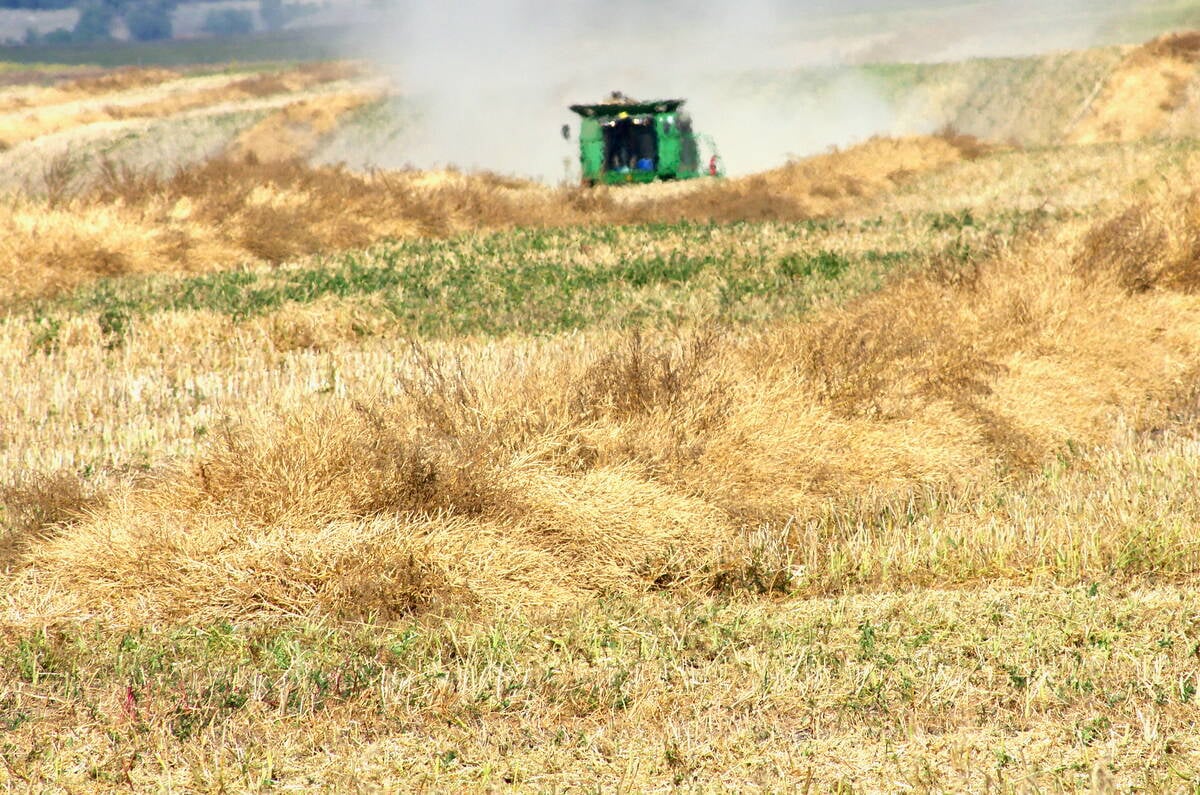A joint appeal by grain growers in Canada and the United States to encourage more standardization between the two countries’ pesticide regulators brought a rebuttal from Ottawa and Washington that much progress has been made.
It was not the message that Grain Growers of Canada and the U.S. National Association of Wheat Growers wanted to hear.
But Cam Dahl of the GGC lobby said similar letters from the Pest Management Regulatory Agency and the U.S. Environmental Protection Agency did carry one small, if facetious, ray of hope.
Read Also

Manitoba searches for Plan B on canola oil exports
A new report explores Manitoba’s current canola oil trade and possible alternative markets to the U.S.
“On the positive side, it shows the two agencies do in fact communicate, since the letter was pretty well the same from both,” he said Oct. 27. “The bad news is that they both got it wrong.”
The two farm organizations asked in late August that the agencies work harder to essentially remove the Canada-U.S. border for pesticide rules.
“A joint system solves problems for producers and registrants and also for regulators,” they wrote.
Farmers in one country sometimes cannot have access to products that their competitors have across the border and prices for the same product can vary between countries.
Farm leaders acknowledged there has been some progress on joint reviews, but said it was not enough.
“Optional joint review still allows the possibility of separate labels and differential pricing in these two markets,” said the GGC-NAWG letter.
“We believe that the two systems should be completely harmonized so that neither country must maintain an individual and separate system.”
In response, both regulatory agencies said there has been “significant progress” in joint registrations and minor use access, but they also blamed chemical companies for some of the slowness that still exists.
Several years ago, a number of companies did not bother to take part in a pilot project on North American labels, they complained.
“Governments alone cannot create the joint seamless registration process that you are seeking,” wrote PMRA acting director Wendy Sexsmith and EPA director of pesticide programs Jim Jones in separate letters in October. “Such a process requires support from registrants, users-growers, as well as from regulators.”
Sexsmith also claimed that “we are largely harmonized with the U.S. EPA to the extent our different laws allow and these differences have not created significant impediments to date.”
Dahl said that is not how farmers see it.
“It’s not a reasonable response nor one that reflects reality,” he said. “We are far from harmonized and especially, but not exclusively, in minor use farmers here do not have access to many of the products our competitors have.”
On the argument that companies are partly to blame for the lack of a North American label, he said companies stated they were not interested in a costly experiment that would fail.
“The point is that there are not functional rules and processes in place,” he said. “Their refusal to acknowledge that is disappointing.”














